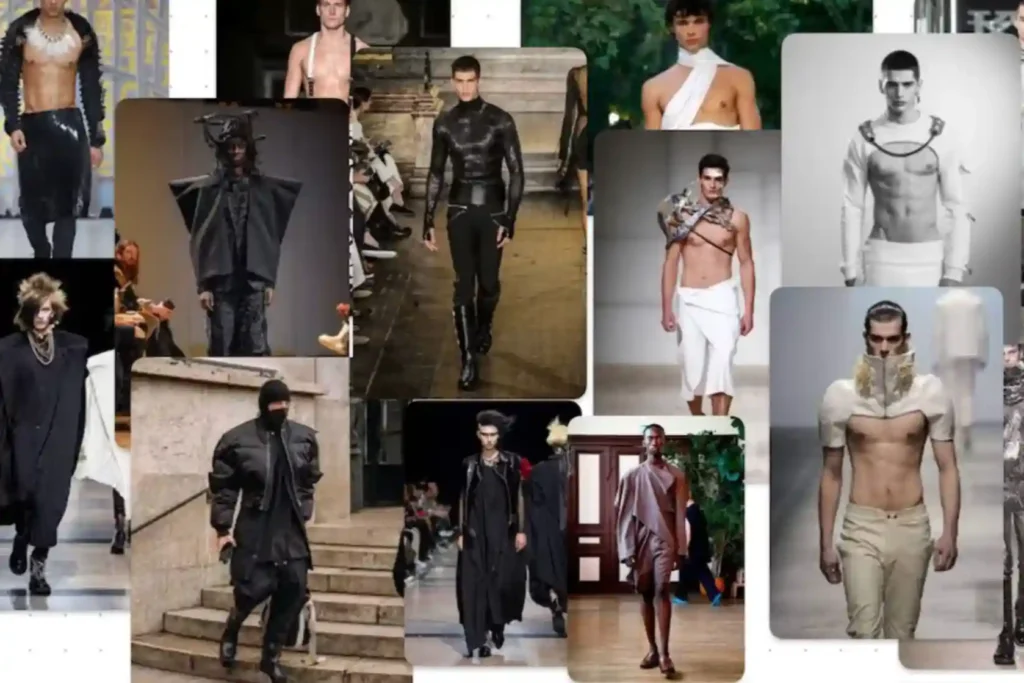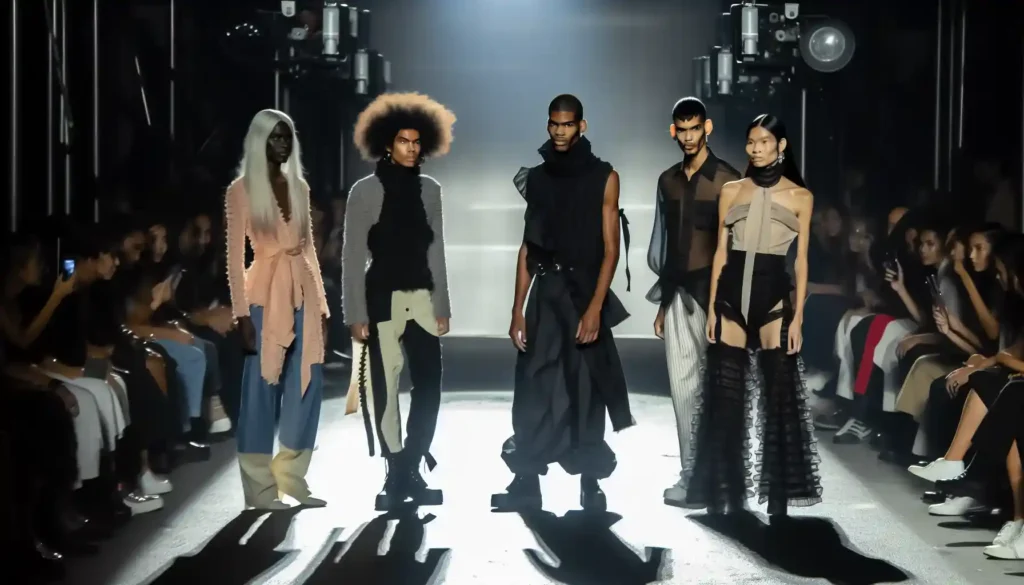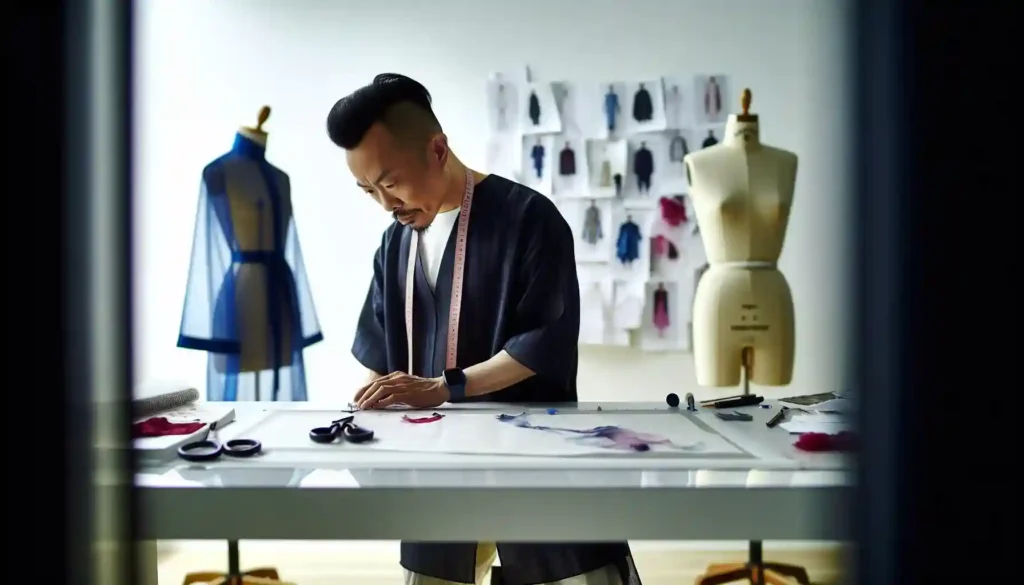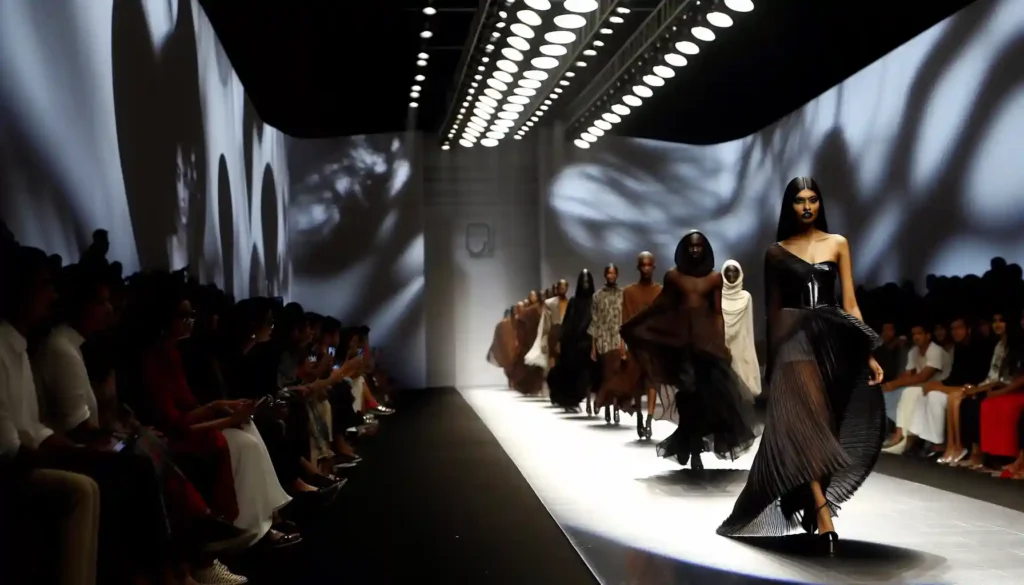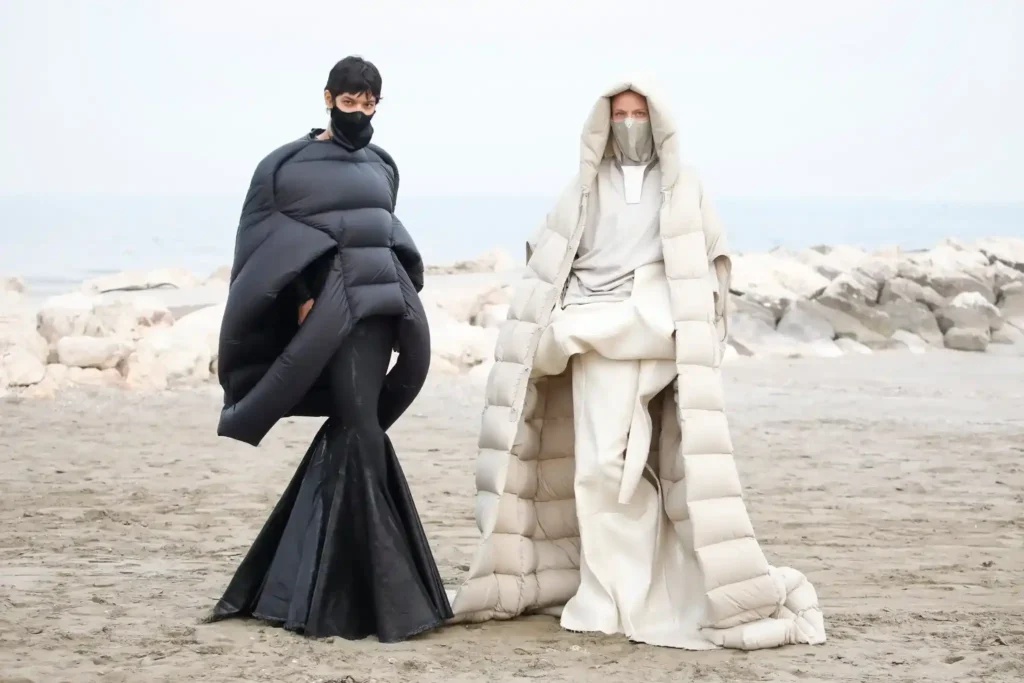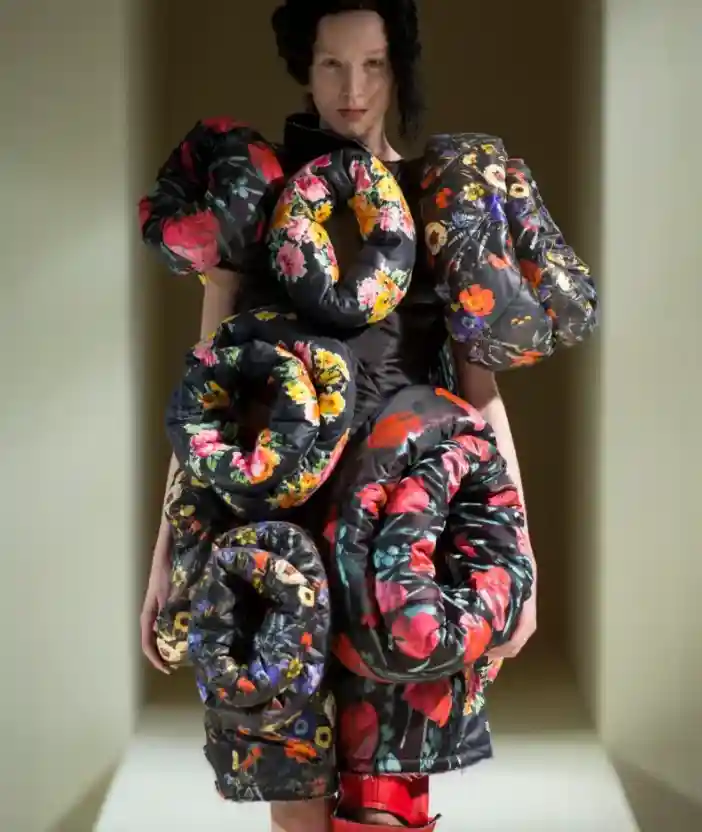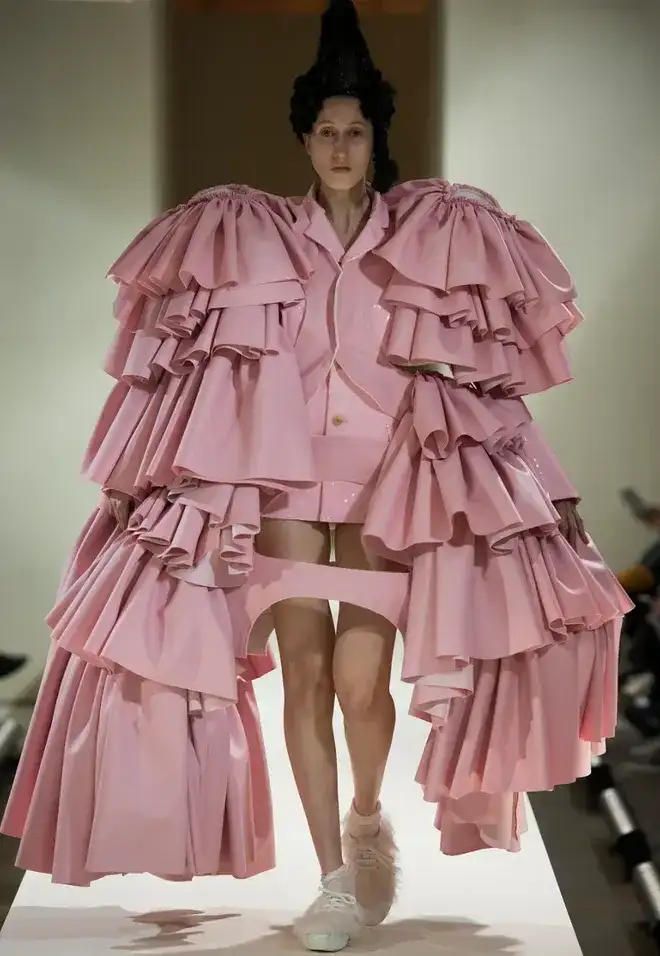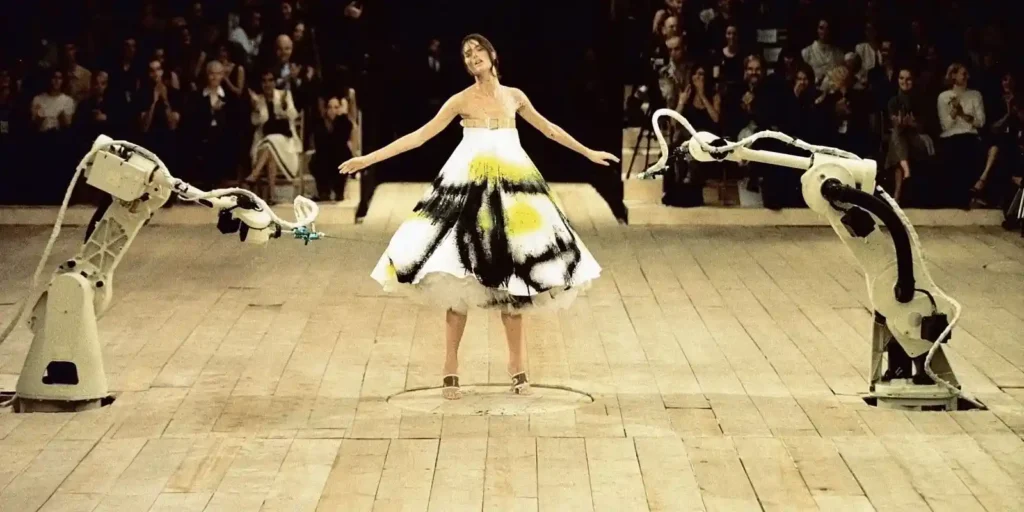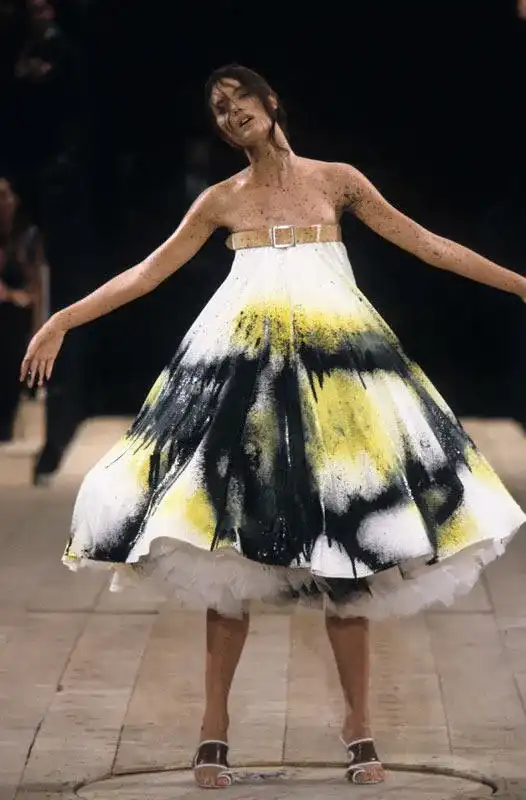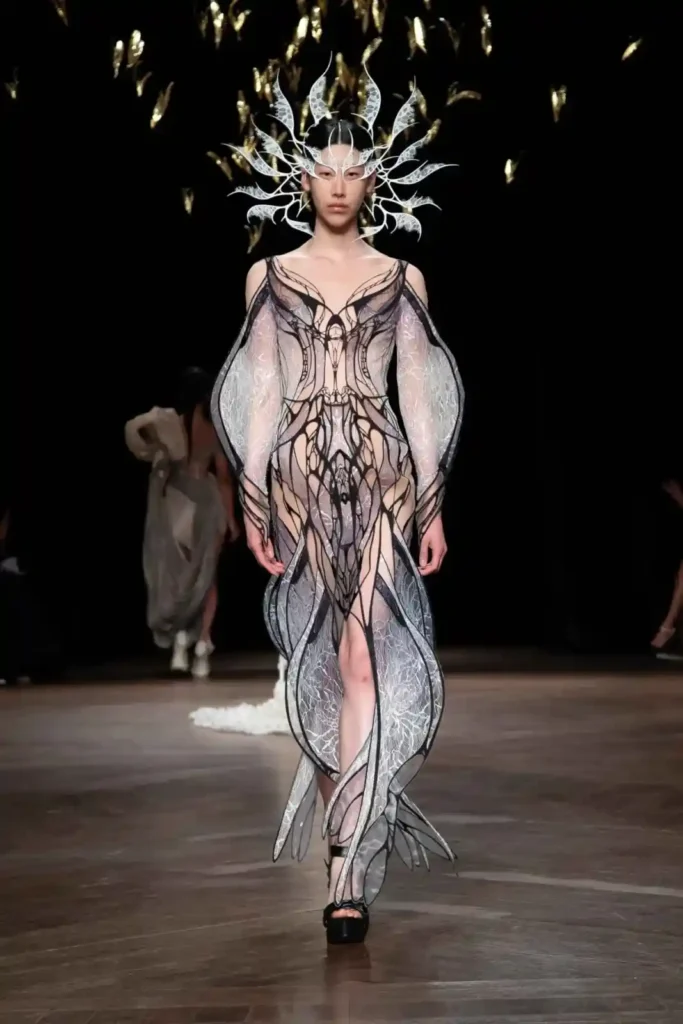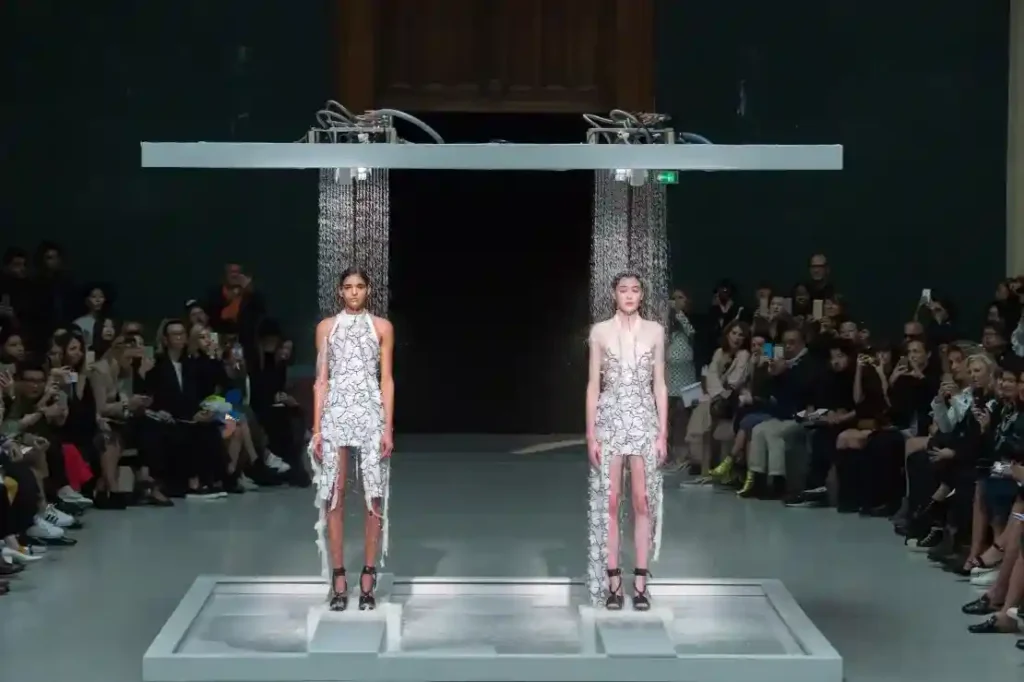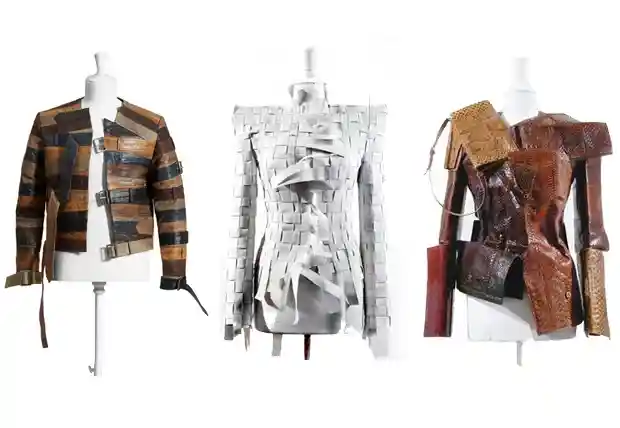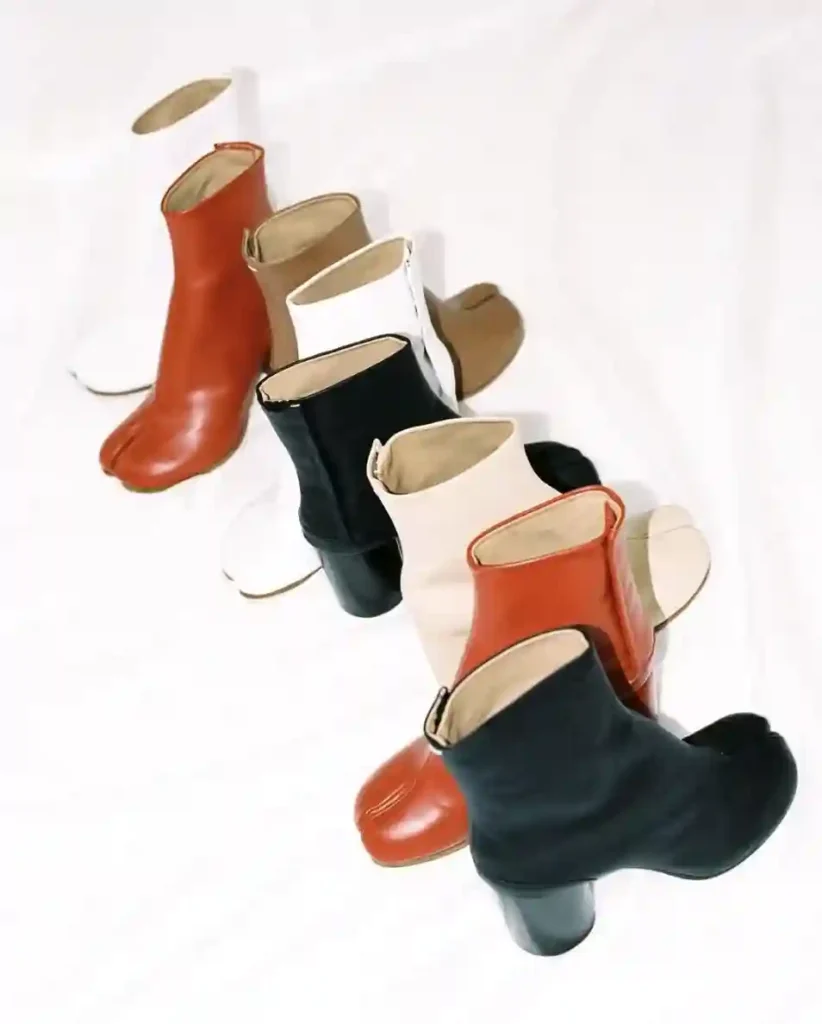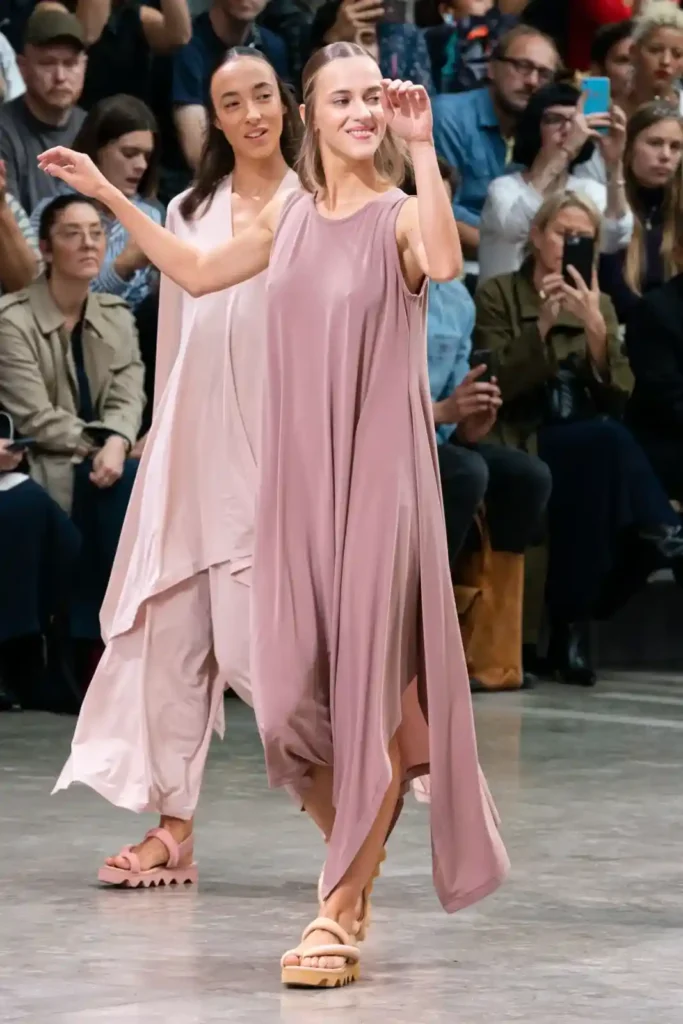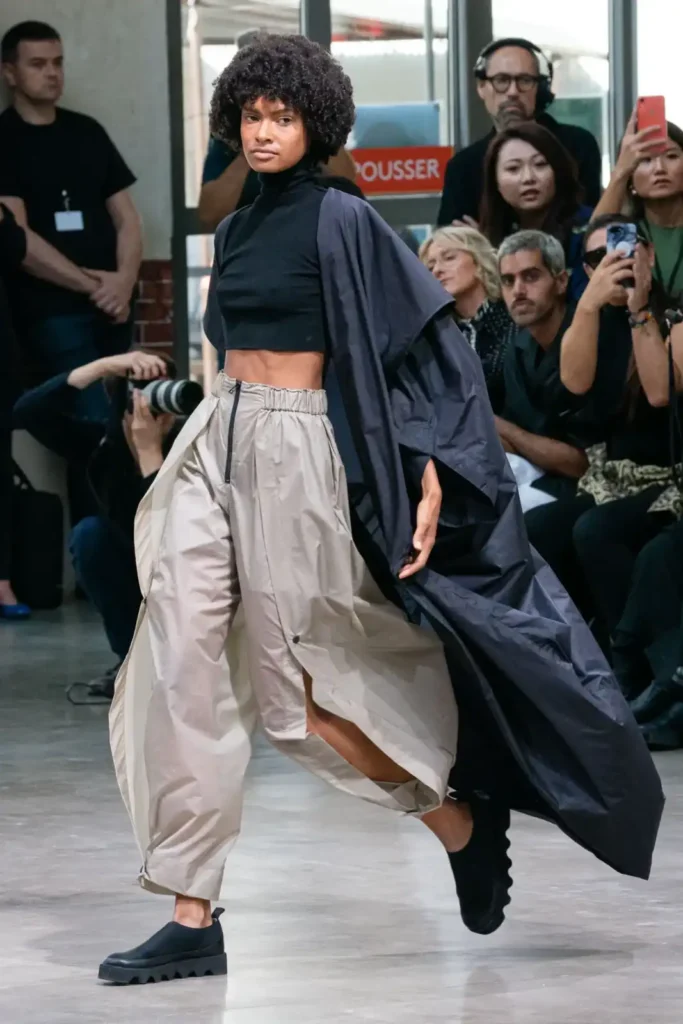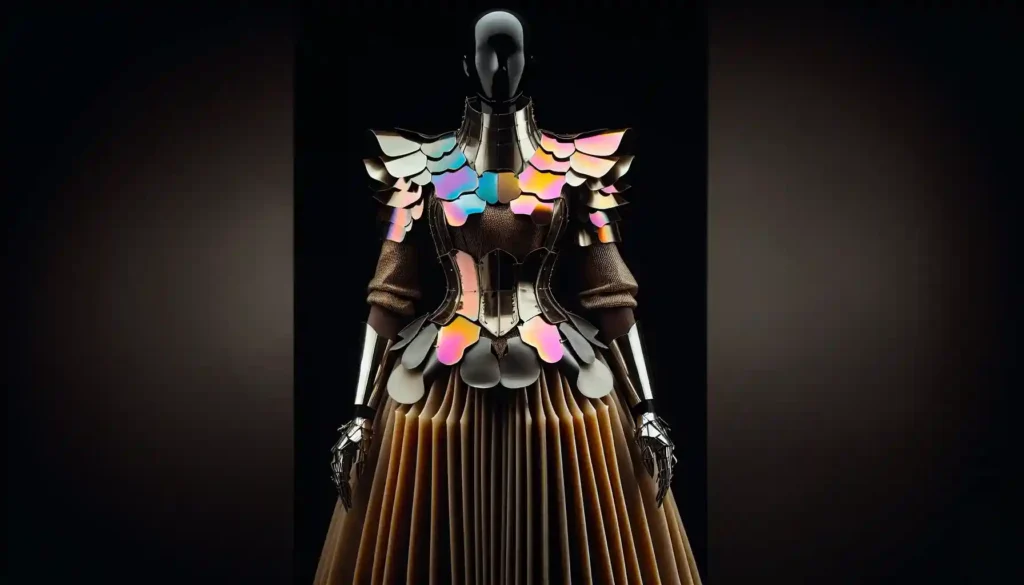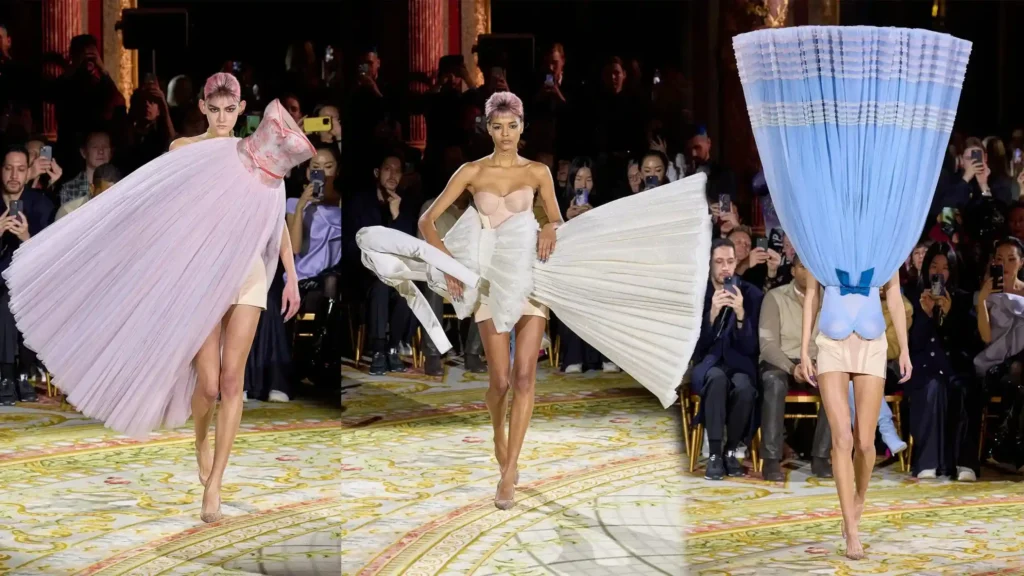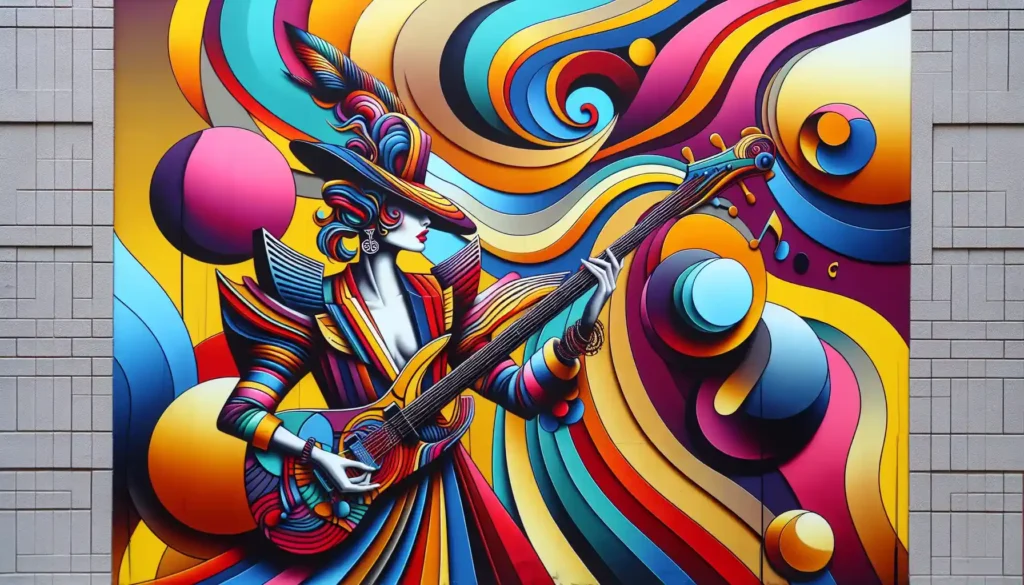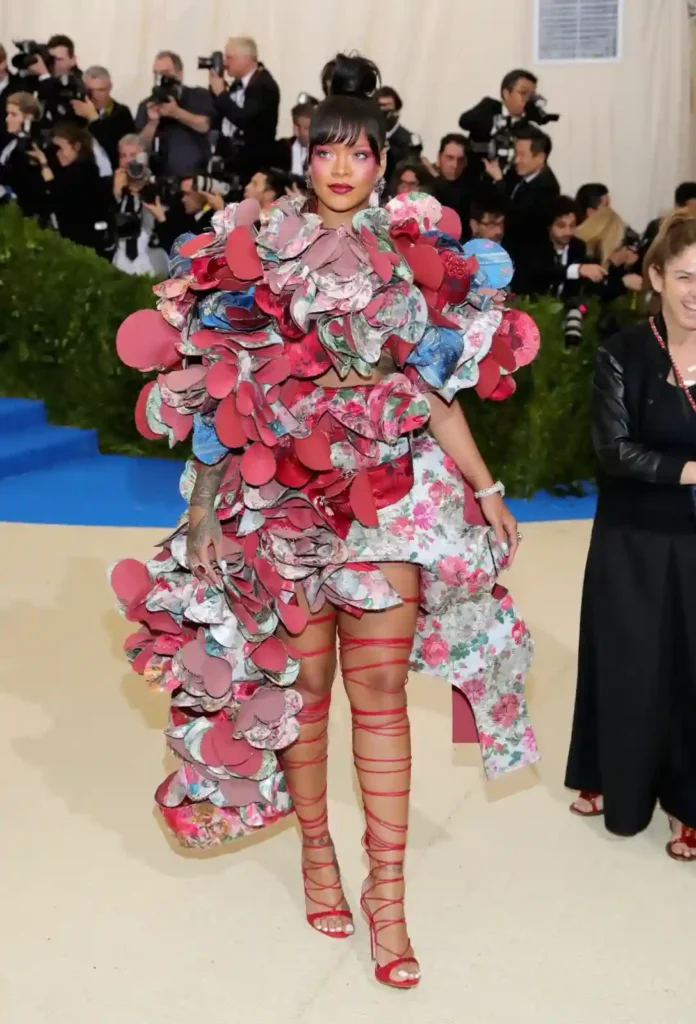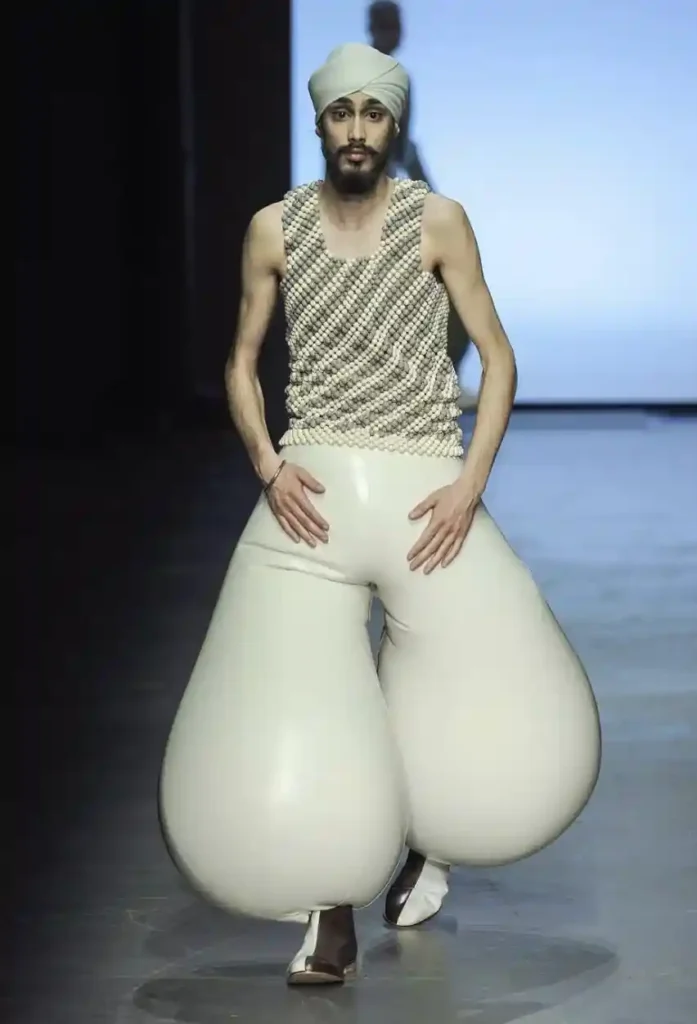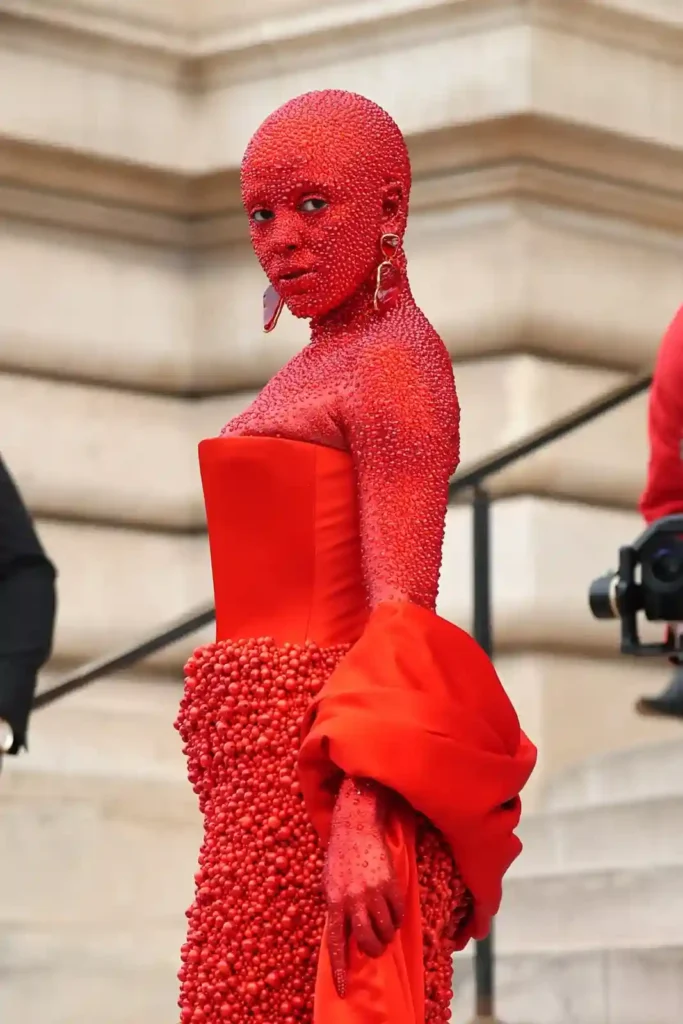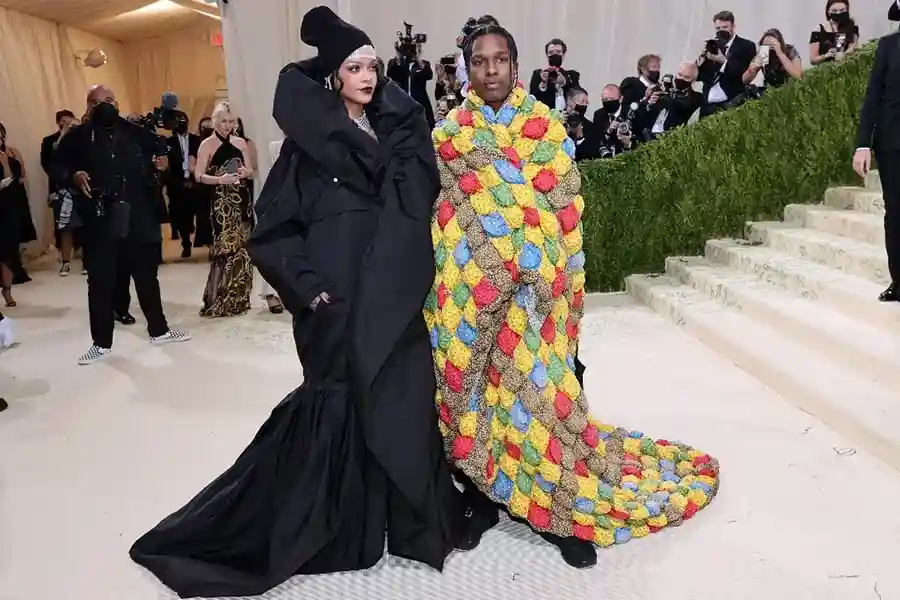Fasten your seatbelts as we explore the daring and innovative world of avant-garde fashion: an exhilarating journey that challenges traditional norms, utilizes experimental designs in clothing with unconventional and artistic approaches to redefine what style means.
The avant-garde fashion designers are from legendary Alexander McQueen, whose designs challenged perceptions of beauty and fear to Gareth Pugh, Iris van Herpen, and Demna Gvasalia of Balenciaga. These designers are pushing these boundaries with a focus on architecture and performance art. Iris van Herpen, for instance, is celebrated for her integration of cutting-edge technology, such as 3D printing, into her collections. Japanese designers like Rei Kawakubo (of Comme des Garçons) and Yohji Yamamoto brought a wave of deconstructed, oversized, and unconventional pieces to Western fashion. Their work challenges the notion of gendered clothing and focuses on the interplay between the body and fabric. Belgian designer Martin Margiela is another key figure, known for his deconstructed designs and use of found objects.Avant-garde fashion also has expanded beyond the runway with designers like Rick Owens and Demna Gvasalia who brought a more accessible version of avant-garde fashion to the masses.
Avant-garde fashion, a French phrase meaning ‘advance guard’, signifies an audacious vanguard in the world of apparel. Its purpose is to disturb what’s seen as normal or accepted while introducing ground-breaking concepts and redefining how people think about clothing. Besides being just another genre within style, it demonstrates self-expression through artistic movements that reflect social transformation too.
The rebels behind avant-garde are continuously stretching boundaries in order to advance aesthetic revolution, incorporating daring experimentation with unconventional styling methods coupled with personal identity into their work. Thus, making a powerful statement for the larger fashion landscape!
Avant-garde fashion is characterized by bold volumes, textures and a variety of materials. It displays an adventurous aesthetic. Hussein Chalayan’s Fall 2000 collection clearly demonstrated this with its wooden coffee table skirts transforming into chairs and dresses – wearable art at its finest. Carol Christian is a Carol Christian. Poell’s impactful exploration in design also pushed the envelope between avant-garde style and haute couture through his drip boots while continuously inspiring innovation within the industry. In terms of artwork or clothing, daring experimentation when blended with unconventional fabrics can result in captivating results that disrupt mainstream conventions to create new forms of beauty.
Avant-garde collections often serve as an intersection where fashion and art intersect, creating striking statements that challenge existing notions. Alexander McQueen was a leading figure in this regard. His boundary-pushing designs acted to synthesize the two worlds together like no other had before him. The unorthodox materials used for avant-garde garments such as mile-long gowns and anatomical dresses are living proof of how deeply integrated these ideas have become into our culture. Designers like John Galliano continue to explore the possibilities through their innovative approach when it comes to designing daring experimental pieces meant not just look beautiful but also provoke thought among viewers from within fashion circles or otherwise. Overall, avant-garde collections blend art and apparel on so many levels, proving there is still much left undiscovered even now!
Yohji Yamamoto is widely renowned for his progressive approach to fashion and artistic interpretation of the world. Yamamoto works with the minimalistic, androgynous form, challenging ideas about beauty with oversized forms that obscure the body and limit its movement and definition. He works with a lot of black and uses anarchic proportions to play with ideas of elongation and miniaturisation. His unique use of color, particularly black, creates distinctive looks that reflect contemporary avant-garde designs which explore themes related to the human experience. Not limited to clothing collections alone, he has also partnered with Adidas on their Y-3 line – a revolutionary combination of athletic wear infused with luxurious haute couture touches representing one’s commitment against societal norms. This pioneering collaboration helps shape modern designer trends while reimagining classic forms in new directions.
The world of fashion has been forever changed by Rick Owens, the renowned American designer who works in Italy. His designs are a perfect example of avant-garde which is defined as embracing gothic glamour with its monochromatic palette along with asymmetrical shapes and striking angles to bring new elements to his artwork. This innovative approach he brings redefines contemporary design through experimentation with silhouettes that challenge our expectations while inspiring creativity from other designers across the globe. With these key components – colour, shape & perspective – being implemented into modern day attire it’s easy to make an argument for how influential British-based Avant-garde Fashion has become within today’s industry. Offering those bold enough fresh takes on their style when expressing themselves through clothing!
Rei Kawakubo’s work with deconstruction is characterised by her use of unfinished, asymmetrical pieces, such as clothes that appear to be falling off the body, and oversized silhouettes. In her 1981 ‘Lumps and Bumps’ collection the human form isn’t just exposed – it’s distorted. It was the beginning of fashion as art.
Alexander McQueen’s fashion is melodramatic and dark, theatrical, with its focus on death, gothic imagery Queen’s shows were performances in themselves, and for one, a robot sprayed a model’s dress with paint on the runway in 1999. Collections weren’t about fashion, but stories, and as well as clothing, McQueen created miniature landscapes, flowers and skeletons for his catwalk. This resulted in controversial and noteworthy work that blurred the edge between fashion and fine art.
Chalayan is the master of fashion’s conceptual mix of architecture and fashion design. His most talked-about collection has dresses that morph on the runway – perhaps best explained in his Spring 2007 show, which saw women in dresses with concealed buttons that made the wool fabric move up their bodies. Chalayan plays with the concept of time in his collections, creating pieces that are timeless.
Martiin Margiela is perhaps best known for his complete anonymity and anti-capitalism, as well as his deconstruction approach to fashion. His garments are disassembled and put back together again, using exposed seams and inside-out jackets. He’s also credited with being one of the first to push a sustainable, repurpose/upcycle ethos in fashion.
Issey Miyake was known for his experimentation with textile innovation, with his best-known work: ‘Pleats Please’, in which layered pleats in a single piece of fabric create garments that are more fluid as the human body moves through them than normal clothing.
Fashion wear characterized by exaggerated silhouettes is crafted using unconventional materials and designed to challenge traditional forms. Designers, driven by an innovative spirit, utilize a variety of nonconformist elements in their garments such as metal, pet, mylar, rubber or synthetic hair for unique textures that redefine the boundaries of fashion. My study reveals that avant-garde fashion creators experiment with a variety of unconventional fabrics and materials such as rubber, PET, and Mylar.
Examples include jackets made with recycled water bottles or dresses constructed from safety pins. By merging these uncommon ingredients into its pieces, avant-garde fashion presents consumers with never-before-seen designs sure to appeal them aesthetically and emotionally alike. Unconventional materials are pivotal in creating new and daring expressions. Without them one could not experience this genre’s progressive attitude towards modern clothing, making it distinct among other styles present on the market today.
Avant-garde fashion is defined by unconventional silhouettes and unique forms, as designed by the creative minds of innovative fashion designers. This fresh perspective in style presents itself through garments featuring asymmetrical hems or irregular cuts that challenge traditional balance concepts within clothing design. With these daring pieces being showcased to present-day audiences, avant-garde continues to defy expectations while inspiring a sense of edginess and elegance alike.
The influence of avant-garde fashion is pervasive, informing the style and creativity found in art, music, and various other cultural aspects. From inspiring mainstream trends to promoting bold statements within artist’s visuals. Its impact on popular culture can be seen everywhere from Lady Gaga’s looks to Bjork’s videos. There has been a continuous interplay between fashion designers drawing inspiration from different movements within art as well as artists being inspired by avant-garde design resulting in ever-changing boundaries for aesthetic innovation that ultimately shape our modern fashion landscape.
The connection between avant-garde fashion and music is inseparable, each influencing the other. By adopting these daring styles in their everyday wardrobe or within videos, artists such as Lil Nas X, Lady Gaga Cardi B and Harry Styles have created a unique visual identity which enhances their musical output. Not only does this give an insight into the individual’s artistic vision, but also takes them beyond just sound to another level of appreciation with memorable visuals that often provoke emotions from viewers. These innovative selections extend to the future. Then simply personal style too. Allowing musicians to create captivating works through carefully crafted forms of storytelling enhanced by extraordinary costumes thus completing an intricate circle wherein they are mutually inspirited by one another.
The creative and innovative realm where avant-garde art meets fashion continues to be an inspiring source for designers. Designers such as Dalí, Cocteau, Man Ray, Giacometti Marcel Vertès , Terrence Zhou, Andy Warhol Roy Lichtenstein Rei Kawakubo Alexander McQueen Yohji Yamamoto Jean-Paul Gaultier Thierry Mugler have been influenced by the creativity of a wide range of artistic movements like impressionism realism dadaism surrealism cubism in order to create their own inspired collections under the guidance of a talented Creative Director. These designs are visually stunning yet also richly thought-provoking exploring themes that embrace both fashion and art from performance and installation pieces by renowned designers like Alexander Mcqueen all the way through to Elsa Schiaparelli’s vivid surrealist visions. Avant-garde fashions stand apart, offering astute observers’ fresh perspectives on how these two powerful forces interweave with one another. Generating unique creations whose beauty is only surpassed by its depth conceptually.
The development of avant-garde fashion has been fueled by a desire to innovate and explore. Starting off as a French term, the concept is now pervasive around the world, giving designers everywhere an avenue for expressing their creativity in unprecedented ways. Experimentation plays an important role here; new collections are crafted through continuous experimentation with technology like AI that helps design visions come alive. As these boundary-pushing styles develop and evolve, they inspire many more trends in modern fashion worldwide while reshaping this industry at large too!
The phrase ‘avant-garde’ in fashion can be traced back to the 1920s, with Japanese designers credited for originating it. Consequently, its presence spread globally due to France’s impactful role in driving up recognition of this type of apparel. As a leading center within the world of fashion and trends, Paris played an important role when it came to establishing avant-garde style worldwide, which led to greater acceptance around the globe.
Nowadays, diverse cultures have adopted avant-garde clothing as they use them to create artistic items that fit perfectly into present aesthetics and ideas. From Tokyo across London or New York down to Johannesburg, avant-garde has become ubiquitous even infiltrating music video clips and pathways everywhere! It is now certainly shaping modern day fashion, impacting on all kinds of styles seen today.
The development of avant-garde fashion has been highly impacted by the emergence of modern technology, including digital tools and new materials. It is now possible for designers to create intricate designs quickly through CAD software or 3D printing technologies such as laser cutting. Unconventional fabrics like rubber, PET Mylar and eel skin have also become popular among these design-oriented creators who are eager to explore innovative forms in their garments with an emphasis on brutalist aesthetics.Indeed, it can be said that the influence which technology exerts on this type of fashion cannot be denied nor underestimated, allowing designers ever more opportunities for creativity when crafting pieces both aesthetically pleasing yet structurally sound at the same time.By pushing boundaries within style parameters made possible by advances in tech tools used during production cycles. A variety of trends from deconstructed shapes up until recently unimaginable futuristic styles could emerge under contemporary themes supported by technological progress seen throughout today’s avant-garde culture scene worldwide!
Avant-garde fashion is renowned for its creativity and pioneering nature, encompassing unconventional materials, asymmetrical shapes and the disregarding of gender boundaries. Having originated from a French term but now becoming an international phenomenon, avant-garde has revolutionized the fashion world while influencing art forms such as music too. This innovative approach to clothing offers individuals unique ways in which they can express themselves through artistic means, something Emphasized by ambitious designers looking towards progressive future plans with their works.
